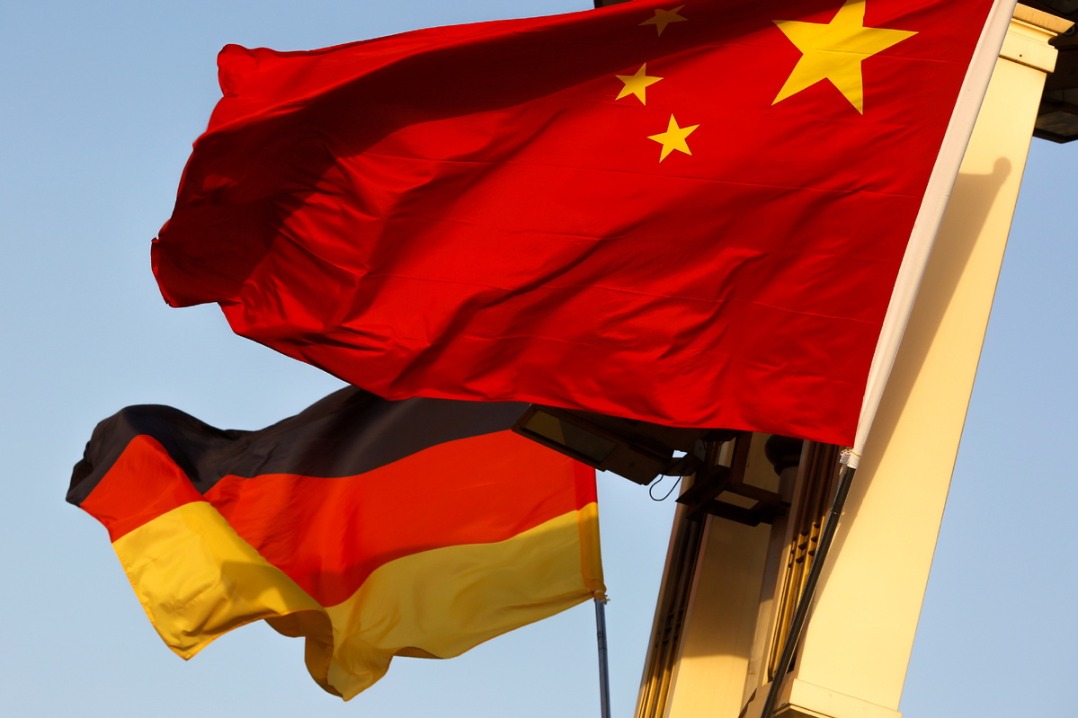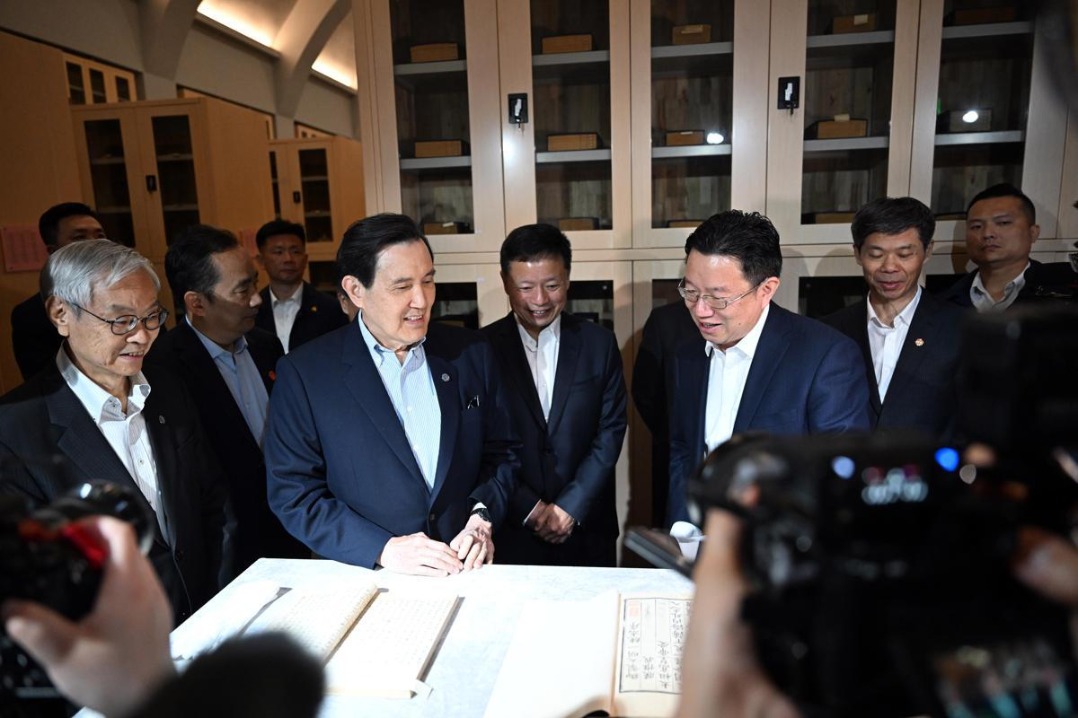Robust economy resilient to trade attacks


The United States pulled the trigger on 25 percent tariff on $34 billion worth of Chinese imports on Friday, launching a full-scale trade war. And given the ominous signs visible on the global trade firmament, China would do well to prepare to deal with possibly the largest and dirtiest trade war in history.
Indeed, the People's Bank of China, the country's central bank, didn't follow the US Federal Reserve's decision to raise the interest rate. Instead, it opted for targeted raising of the reserve ratio to free up liquidity for the market, reflecting China's independent monetary policy.
The executive meeting of the State Council, China's Cabinet, on June 20 advocated that banks provide loans for small and micro-sized businesses by cutting the required reserve ratio, which triggered market speculation over an interest rate hike. But on Thursday, the PBOC lowered the reserve ratio for commercial banks by 0.5 percentage points, which will release 700 billion yuan ($107 billion) to support debt-for-equity swaps and help small and micro-sized businesses to solve their financing problem.
Since structural deleveraging continues and local governments' financing is being regulated, infrastructure investment is still weak and the policy to rein in the real estate sector might not ease before a long-term mechanism is put in place. As a result, real estate financing remains weak, and the social financing growth rate-a leading economic indicator-has fallen sharply. Which means the fear of an economic downturn has not fully evaporated.
Moreover, some credit risk remains, and small and medium-sized enterprises (SMEs) are still encountering financing difficulties. The recently issued new asset management regulation has restricted the flow of nonstandard financing, which used to be a major financing channel for SMEs. And since investors in the bond market are not willing to buy any low-grade credit debt, the financing channels for SMEs have almost been blocked.
It is under such circumstances that the PBOC decided on targeted lowering of the reserve ratio, in order to free up liquidity for the benefit of SMEs.
The targeted lowering of the reserve ratio this time aims to promote debt-for-equity swaps, partly because few debt-for-equity projects were implemented last year. National Development and Reform Commission data show that by the end of 2017, only 20 of the 102 signed debt-for-equity contracts have been implemented.
But targeted lowering of the reserve ratio can only ease the pressure of capital source; it can hardly ease the pressure on banks to set aside capital to guard against high risks. Therefore, the China Banking and Insurance Regulatory Commission is expected to implement more support policies to ease the capital pressure on banks.
The targeted lowering of the reserve ratio to ensure commercial banks issue more loans to SMEs is a significant policy measure, as the SMEs and micro businesses contribute a great deal to economic growth.
If small and micro-sized businesses and SMEs lose vitality due to financial difficulties, economic growth will slow down. But commercial banks issuing loans to small and micro-sized businesses have more credit risks, which impede the capital flow from commercial banks to these businesses. To solve this problem, we need more favorable policies.
Reducing the reserve ratio may help improve the liquidity of banks and lower the capital cost at the initial stage. However, since enough capital may not flow freely into real estate sector until a long-term real estate mechanism is put in place, the targeted lowering of reserve ratio could be regarded as a structural easing policy that can benefit the real economy, rather than directing liquidity to the housing market.
The author is a research fellow at the International Monetary Institute of Renmin University of China, and deputy general manager of fixed income department, Changjiang Securities.









































